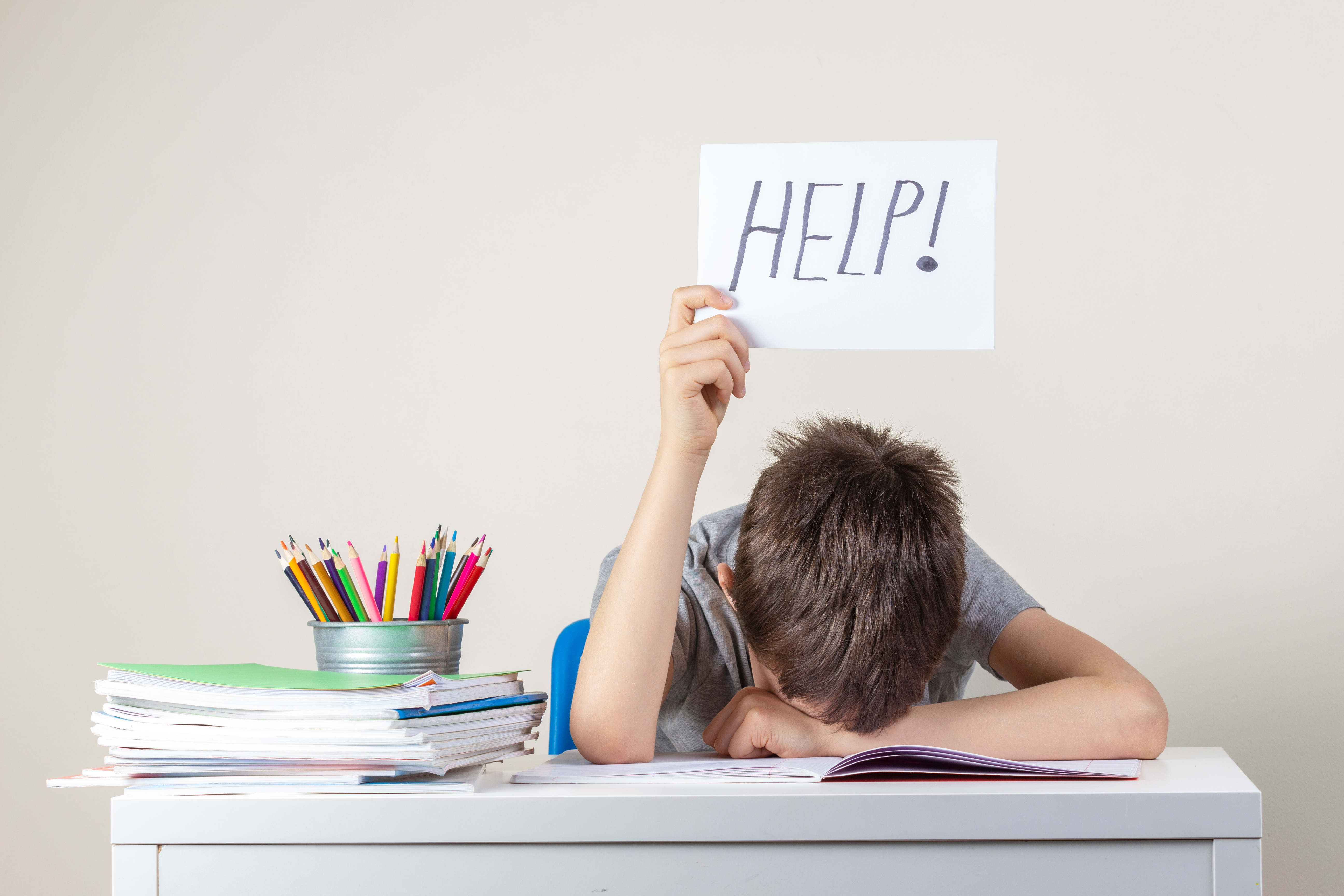Homeschooling parents find that giving breaks during homeschooling and other activities is essential. Giving children breaks from the stress or demands of life puts love into action. But are homeschooling breaks similar to regular school breaks?
Homeschoolers get breaks throughout the year and every academic day. The flexible nature of homeschooling allows parents to schedule breaks at their convenient times and even have unscheduled breaks. They can also choose to have summer breaks or postpone them to later seasons.
Let’s explore the different kinds of breaks that homeschoolers may need.

Do Homeschoolers Get Summer Breaks?
With homeschooling comes the option to have a flexible schedule. Some parents choose to homeschool during the summer while others don’t. Parents can intentionally schedule breaks into the yearly plan for those who homeschool during the summers.
Homeschooling families choose to teach over the summer for these reasons:
- Year-round homeschoolers take several breaks throughout the year to accommodate holidays, special events, work schedules, and trips.
- There’s less time spent on reviewing the material. When the brain is actively engaged in learning materials year-round, there’s no need to review to catch up as many traditional public schools do.
- Children can build up confidence in their skills. Year-round schooling keeps skills fresh and active with no lapse in practice, potentially advancing further in their studies.
- With 2-3 week breaks scheduled throughout the year, children and their parents may find they’re not as burnt-out, knowing that a break is coming soon.
- Year-round scheduling may also grant time to schedule fun family activities while other kids are in public schools, enjoying discounted off-season rates.
Some may think that homeschooled children will miss out on social interactions with friends in public school due to the different schedules. However, by intentionally planning in breaks, homeschooled children can find plenty of opportunities to enjoy summer with their friends as well.
Unscheduled Breaks
Unscheduled breaks may be physical breaks from learning or a break from the curriculum they’re working with.
Homeschooling parents have made detailed plans and scheduled holidays and breaks. Supplies are purchased, and pencils are sharpened. The year starts strong, but then February comes. Cabin fever sets in, especially if the region is a cold one.
The beauty of homeschooling is that structure can be flexible to change up the pace! Plans can be set aside to head out for an adventure to the zoo, an art museum, or a hike around town. Or, people can snuggle up on the couch and watch a fun movie while munching on popcorn.
Unexpected breaks allow families to do something together that creates memories and reinforces their love for each other. If a unique opportunity to participate or do something is presented in the community or area, they can do it! These special moments create learning opportunities as well.
Children don’t learn linearly, and as the year progresses, the content scaffolds and becomes more challenging. For some children, this can become overwhelming, and they may need a break from the current curricular plan. Taking a break from the materials and reviewing instead may be necessary to build up a child’s confidence.
Homeschooling allows parents to put family first. Bad things will happen, such as a burst pipe, someone sick with the flu, power outages, or career changes that make families move across the country.
Families can take a break from homeschooling and take care of essential needs first. That’s because they know that the homeschooling work will be there when they pick it back up. With unexpected breaks, plans and schedules can be adjusted.
Taking a Big Break
It may be challenging to restart for those who take an extended break for the summer, a long vacation, or experience an unexpected family crisis. Some homeschooling families may consider color-coding their planning calendar.
Green is for a regularly scheduled day, yellow is for slower or interrupted days, and red is for days when homeschooling can’t occur.
Yellow days can be when the essential lessons are taught, such as Math, leaving independent work for a green day. Red days should have guidelines and specifics tailored to the family’s priorities to denote them differently from yellow days.
After a break or many red days, Mondays are a popular day to restart homeschooling. However, lessons can start on whichever day they prefer. Marking the restart day on the calendar can help families make plans diligently and intentionally to begin again.

Daily Breaks
Many new to homeschooling may wonder how many hours a day they should homeschool their children. As homeschooling parents begin to see their children through the lens of teaching and learning, they often find that this can vary amongst children and their individual needs.
Other factors can affect how hours are spent in a day. These include the number of children being homeschooled in the home, age, level of learning, curriculum, method of teaching, and other activities.
It’s important to note that each state in the U.S. has its own requirements for the minimum number of hours per quarter and/or days of the year. Some states also require targeted numbers of hours in specified subjects.
Generally, most states don’t regulate the hours per day. This, in turn, gives parents the freedom to spread out the hours and incorporate breaks over more days or to have combinations of long and short days.
Many homeschooling parents find that their children complete their lessons in a much shorter time frame than those needed in the public school. Homeschooled children get the opportunity to answer every question.
They also don’t have to follow time-consuming classroom and school procedures such as standing in lines, waiting for help, or passing out papers.
With all of this “waiting” time eliminated from a homeschool child’s day, there’s more time for enrichment, activities, and independent work that specifically meet the needs of each learner in the home. For example, if a child isn’t a morning person, they can sleep in and start later.
Planning Daily Activities
The hours spent learning may not look like the typical way either. Nearly everything a homeschool child does is part of their academic learning, social skills development, or life skills development.
Activities can integrate these learning skills through cooking (math, reading, life skills), nature walks (physical education and science), or even playing a fun game (problem-solving, critical thinking, creativity). Learning can take place outside of a textbook!
Hours can be utilized at the high school level to help track what’s needed for their Grade Point Average (GPA) for transcripts and college admission requirements.
How a homeschooled learner utilizes the hours for learning in a day is vastly different from a typical learner in a public school. Homeschooling doesn’t focus on each separate hour of the day. Instead, it provides opportunities to become fully engaged in learning with breaks as needed.
Breaks With and From Others
Homeschoolers may take breaks and still learn at the same time. Dual enrollment classes for college credit and Co-Op classes for specific subject areas allow homeschooled learners to work with others. While this may not seem like a break, opportunities to work and interact with others give them a break from independently geared lessons and opportunities for social interaction.
Many homeschoolers also attend church and do activities there or join community sports teams. Many local and public libraries offer activities for children and teens to interact.
While homeschooled families often form strong bonds with each other, they still may need a break from each other as well. If a home has more than one child being homeschooled, they may also need a break from each other and possibly from their parent/teacher at times.
Every person has different personalities, learning styles, and social needs. Activities geared towards those attributes that are different from other learners in the household can provide much-needed breaks for everyone, recharging energy and passion and improving moods for learning.
Parents can honor and respect their children’s needs, but it’s also essential to give themselves breaks. When parents rest and recuperate, they can provide the children with their best in return.
Parents can consider taking breaks by asking a spouse, grandparents, a sitter, or trusted friends to watch over and play with the children for a few hours. They can try carving time out for a personal hobby, coffee with a friend, or an hour to read a favorite book. Parents can consider scheduling “quiet time” into the day where the children know they have to quietly play for 30 minutes while the parents, in turn, take a moment to relax.
Conclusion
Homeschooling offers a platform for children to learn and grow at their own pace in a loving, connected environment.
Parents looking for encouragement can read Lee Binz Creating Homeschool Balance (available on Amazon.com). This book can help parents understand what balance looks and feels like and create it. Also, homeschooling parents can read Lee Binz Scheduling: The Secret to Homeschool Sanity. This book discusses the importance of planning and rest while using schedules to avoid burnout.
Taking breaks daily, weekly, monthly, and yearly are essential to both the homeschool parents and the children they have dedicated themselves to.
Sources
- Aha Parenting: What’s Connection Parenting? Q and A
- Family Education: Should You Homeschool Through the Summer?
- Classically Homeschooling: Homeschooling Breaks: When You Need One and When to Restart
- Homeschool Super Freak: How Many Hours Should Homeschooling Take?
- Embark on the Journey: Do Homeschoolers Miss Out?
- The Homeschool Mom: Why My Homeschooling Kids Need Breaks from Each Other and How We Do It
- Cleverly Changing: Homeschooling? 7 Ways to Take A Break
- Triad Moms on Main: Why Homeschooling Parents Need a Break
